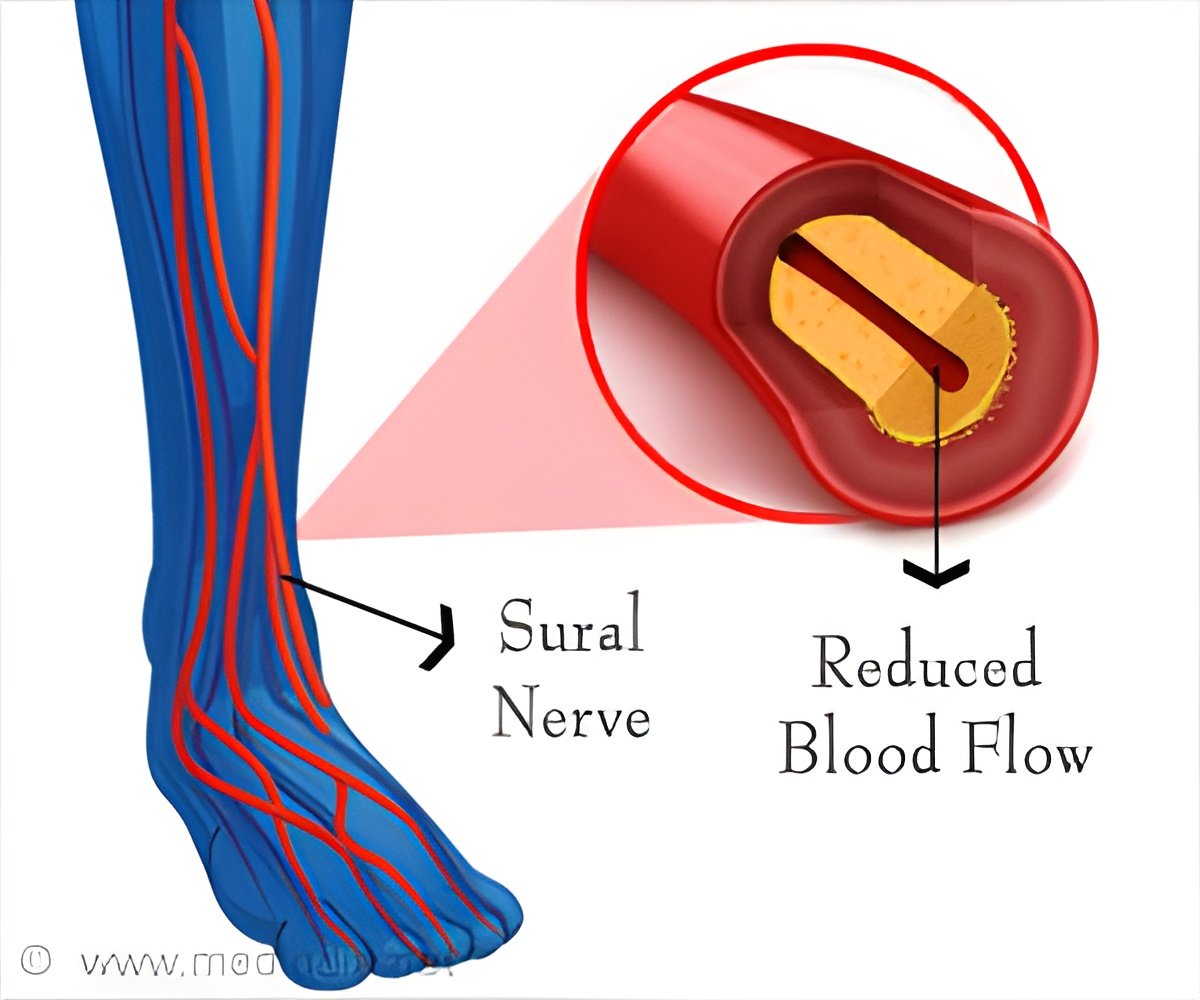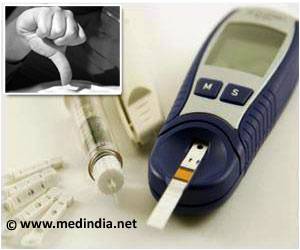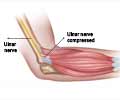
‘A single dose of a drug to block the activity of a different molecule, called matrix metalloprotease-9 (MMP-9), could also alleviate neuropathic pain from the injury.’
Tweet it Now
The chemical pathways that these drugs use to inhibit HMGB1 or MMP-9 are different from common pain relievers, like opioids (Morphine) or acetaminophen (Tylenol). Therefore, the potential for addiction or negative side-effects may be reduced. The results reveal that the drug to block HMGB1, called anti-HMGB1, has the downstream effect of preventing the increase of MMP-9 that would normally be expected when HMGB1 increases. Therefore, an inhibitor of MMP-9 may be a more direct route to produce the same effect. This is the first study to link HMGB1 and MMP-9 together in the cellular process of maintaining pain.
A research team led by Professor Yoshihiro Nakata, PhD, at Hiroshima University's Institute of Biomedical and Health Sciences began their investigation of sciatic nerve pain as part of their long term studies of the central nervous system.
Sciatic nerve pain, or sciatica, causes pain in the lower back, buttocks, or back of the leg and is often caused by a herniated disc in the spine or a pinched nerve. Similar pain can occur in different nerves in patients with cancer or diabetic neuropathy.
Previous studies by other research groups have injected anti-HMGB1 underneath the protective membranes surrounding the nerve. This method, called an intrathecal injection, is more complicated for doctors to perform and has more potential risks.
Advertisement
Blocking HMGB1 lessened pain with no negative impact on healing. Selectively blocking MMP-9 also relieved pain with no obvious changes to the activity of other molecules responding to the injury. The results of this Hiroshima University study show promise for relieving nerve pain with a chemically specific approach that is convenient for patients.
Advertisement















